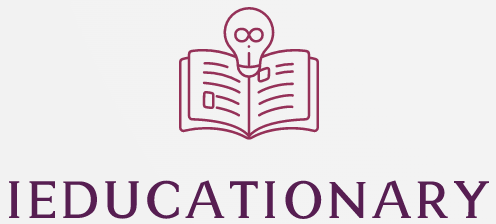Several ways to improve the quality of education in a university have been suggested. These include a strong leadership team and faculty champions. An ongoing conversation about quality should become the norm on college campuses. Participants at the recent workshop discussed the importance of faculty champions and blended learning as effective tools for enhancing the quality of education. This article will explore each of these areas. This article was originally published in the October 2016 issue of The Chronicle of Higher Education.
Qualities of a good teacher
As a university student, you probably have often wondered how to make a good teacher. The qualities of a good teacher include communication skills, empathy, and collaboration. Effective teachers also value lifelong learning and are always willing to share best practices and exchange knowledge with others. These attributes not only make a good teacher, but also help students learn and achieve their academic goals. If you are considering becoming a university teacher, consider the qualities of a good teacher and learn as much as you can about education.
The most important characteristic of a good teacher is a good communicator. Teachers must be able to convey the curriculum and directions of the classroom in a way that students can understand. Teachers should be aware of students’ strengths and weaknesses and be able to identify and cater to their needs. It is essential to make every student feel appreciated and understood. Teaching is not an isolated activity, and it can be difficult to meet everyone’s needs.
Blended learning
As the penultimate institution of a student’s educational life, higher education should be an institution of higher learning that fosters higher order thinking, academic knowledge, and twenty-first-century skills. As such, blended learning should be pedagogically appropriate, incorporating online tools and face-to-face learning, but it should also support each other. Listed below are some benefits of BL in higher education.
The BL model was evaluated through a survey questionnaire. The results provided insights into the factors that drive student attitudes and the adoption of BL in universities. Among the factors identified, the attitudes and levels of responsiveness of lecturers to students were found to be significant. These factors can be useful in further research, which could involve reviewing more studies on BL and examining BL in more detail in certain countries.
International student exchanges
Graduate students of a partner institution are a valuable resource for universities. These students can benefit both their home and the host university. Graduate students of partner institutions are likely to have more relevant experience and will improve their chances for getting a good graduate program. International student exchanges are a good way to enhance the quality of education at a university. This article will discuss the benefits of participating in an exchange program.
By learning a different language, international students improve their English. Because they will be living with a host family, they will be exposed to a native language. In addition to communicating with American friends and family, students gain a deeper understanding of the culture of the country they are visiting. As a result, these students improve their English skills significantly and are more likely to get into a top university in the U.S.
Teaching methods
Teachers can help students to better understand and remember what they learn in the classroom by using various teaching methods. The best teaching strategies are based on a number of principles and activities that help students retain and understand the information they learn. Students who understand the material well and can apply the knowledge to their daily lives can be better prepared for their future careers. The following are some of the benefits of good teaching methods. Learn more about them.
The study surveyed both professors and students, and found that professors using active methodologies were more effective. In addition, 65.6% of professors who use active methods said that they considered students’ views when proposing different teaching methodologies. As a result, the study provided valuable information to help the university community improve its teaching practices. Furthermore, the findings provided valuable knowledge regarding students’ perceptions of teaching & learning processes. Few academic studies consider student perspectives, but this one is an important contribution to the discussion of how to improve teaching practices.
Resources for faculty
In light of the COVID-19 emergency that slowed the progress of online courses at a number of colleges, many faculty members took courses online in the spring of 2020. But these same faculty members are now seeking out resources to improve the quality of their online courses. A new guide, Every Learner Everywhere: A Faculty Resource Network for a Better Online Experience, was released recently to help faculty members improve the quality of their online courses.
The resource includes a teaching quality standards exercise for individual reflection, which helps faculty find ways to implement broad standards. The document also provides an optional structure for departmental reflection, and includes information on facilitating discussion of research-led teaching, engaged teaching, and inclusive learning. It also includes guidance on administering student experience surveys in the classroom. It’s important to remember that faculty members have the most responsibility for improving undergraduate education.

